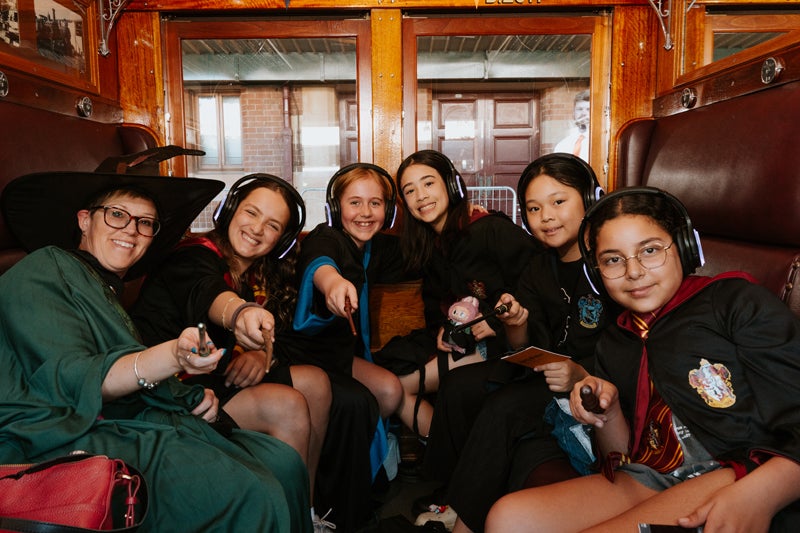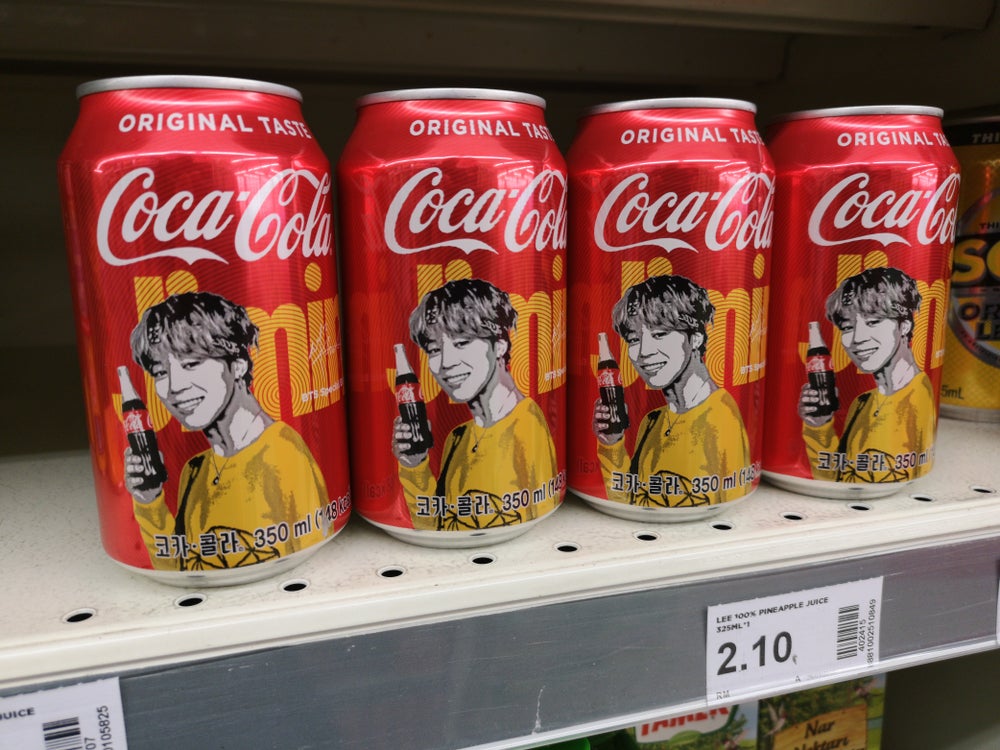Midnight store openings may get the most press, but direct marketers claimed their share of Black Friday dollars, thanks in large part to mobile and social initiatives.
Among direct marketing channels, mobile had the biggest year-over-year increase the day after Thanksgiving. Total online sales rose a healthy 26%, from $648 million on Black Friday 2010 to $816 million in 2011, according to comScore. But the percentage of sales generated through mobile devices more than tripled, from 3.18% a year ago to 9.84%, according to IBM's Benchmark: Black Friday Report 2011.
The percentage of Black Friday website traffic stimulated by mobile devices rose almost as dramatically according to IBM, jumping from 5.56% a year ago to 14.33%.
Referrals and sales from social media channels were on par with last year's levels. Overall, the IBM report linked social media to 0.53% of all online sales, right in line with last year's 0.55%. And while site traffic generated by social media ticked up slightly from 0.88% to 0.92%, the biggest names in social sites didn't reflect these admittedly modest gains: Facebook referral traffic slipped from 0.72% to 0.69%, and Twitter referrals dropped from 0.08% to 0.02% of online sales.
Sears' and Kmart's Different Approaches
Sears and Kmart both took advantage of mobile marketing both through apps and mobile-optimized sites that allowed customers to find stores, compare prices and check inventory levels, as well as order online and pick up at a nearby retail outlet. "Mobile is bridging online and in-store," says Tom Aiello, a spokesperson for Sears and Kmart.
The two sister brands, however, took different approaches when it came to their Black Friday retail strategies. Kmart was open on Thanksgiving Day, allowing shoppers to pick up last-minute Thanksgiving gifts or kitchen items. Sears stores were closed, but opened an hour earlier (4am) than their Kmart counterparts.
"There is a lot of excitement around these open times, but when the pack mentality [for extending retail Black Friday shopping hours] occurs, the customer becomes secondary," Aiello says.
The company took this approach in part due to feedback on MySears and MyKmart, its hosted social media sites. "People want the doorbuster deals, but they don't want to be forced to come at a specific time," Aiello adds. And the rise of 24-hour shopping through online channels meant consumers who really wanted to shop at 3am could do so from home.
That said, classic direct marketing techniques still played a role in Sears' Black Friday marketing. The company used a variety of channels, including television, radio, online and print, to tout its Shop Your Way rewards program, which gives customers 5% of their purchase amounts back. Perhaps even better for dedicated consumers, Shop Your Way members were given an advance look at upcoming weekly discount circulars.
On a smaller scale, Black Friday was also important for the Museum Tour Catalog, which offers educational kid-focused products.
"It's an insanity day—years ago, nobody knew what Black Friday was," Barbara Lund, merchandise and marketing director says, noting that it had been an industry term for when a retailer's ledgers tipped into black-ink profitability for the year. "Now it is increasingly important for e-commerce."
This year, the Museum Tour Catalog maintained an aggressive Twitter, Facebook, print catalog and email strategy. But Lund, who tracks the sources of incoming orders, notes that a device, as much as a channel, may have contributed to her company's Black Friday fortunes.
Fewer Customers Spend More
Tablet users, she says, generated average sale amounts in excess of those from customers who came in through other channels. "IPad customers spent a lot of money," she notes. "They're probably more affluent, more interested in convenience. Customers can download the catalogspree.com site [which facilitates iPad sales], shop on the go, and once they are ready to buy, hit send."
For both The Museum Tour Catalog and online marketers at large, Black Friday 2011's increases appear to have come at the hands of somewhat fewer, yet more extravagant customers. "The sales volume is slightly lower, but the average order is higher," says Lund.
This mirrors a trend seen in the IBM report. Average order value among online retailers was $190.10 in 2011, just below 2010's $190.80. But the average number of items per order dropped from 7.44 a year ago to 6.37. And shoppers who went online to shop were just as inclined to complete their purchases this year as they were last: In 2011, online retailers saw conversion rates of 4.57%, roughly on par with the 4.61% seen in 2010.
Handicrafts marketer Paper Wishes reported a Black Friday sales increase of about 20% over last year, but a series of focused initiatives, rather than general economic conditions, may have spurred the jump.
“We definitely had an increase this year, but we had several things that came together that worked,” says Paulette Jarvey, owner of the Canby, OR-based company.
While she admits that she generally feels that people “are opening their pockets a bit,” she largely attributes the Black Friday sales surge to coupons, aggressive pricing on certain items and online instructional videos though its website.
Unlike with other catalogs, the holidays are not the peak selling season for Paper Wishes. “Our busiest time is the first quarter when our catalog comes out,” says Jarvey.



